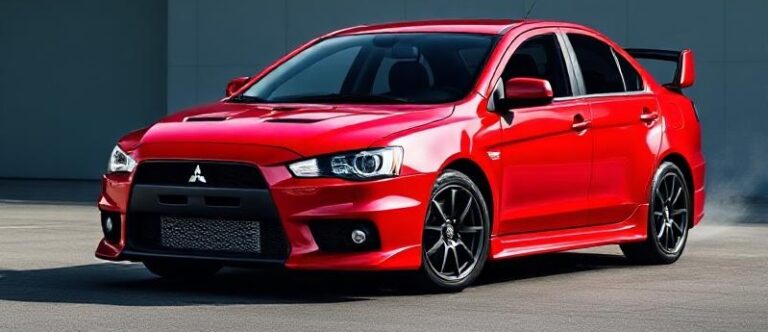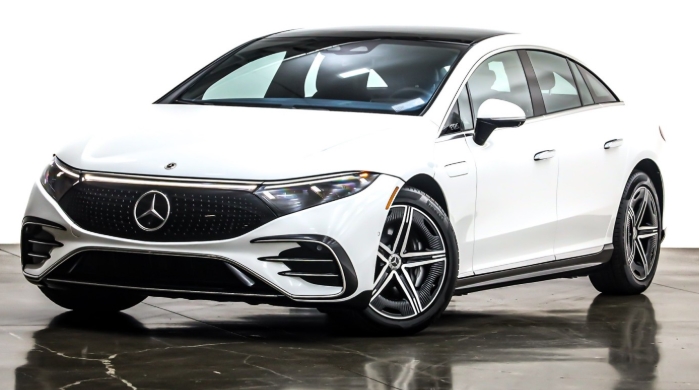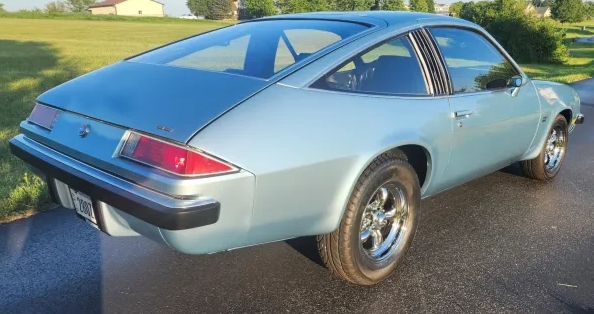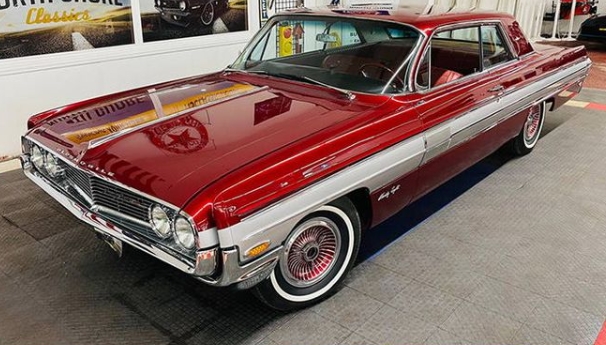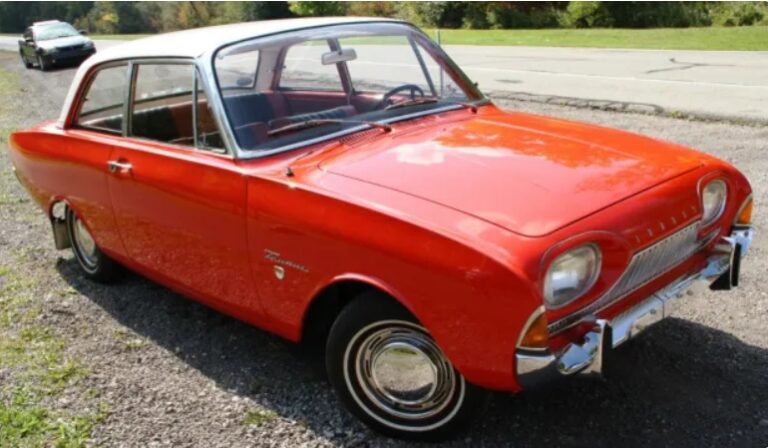The Evolution of the Dodge St. Regis
The Dodge St. Regis stands as a notable chapter in the history of American automotive manufacturing, representing Dodge’s foray into the luxury and full-size sedan market during the late 20th century. Introduced in the early 1970s, the St. Regis was built with the intent to offer a more upscale, comfortable, and refined experience compared to Dodge’s traditional lineup, aligning it more closely with the luxury sedans of its era. Over the years, the model evolved through various design changes, trim levels, and technological updates until its eventual discontinuation in the late 1980s. This article provides a detailed chronological overview of the Dodge St. Regis, including its production years, model variations, trim levels, and key features.
Origins and Introduction (1979)
The Dodge St. Regis was introduced in 1979 as a full-size luxury sedan, positioned within the Chrysler Corporation’s lineup to compete with other upscale vehicles like the Buick LeSabre, Oldsmobile 98, and Mercury Marquis. The model was based on the Chrysler E-body platform, sharing components with other Chrysler full-size sedans, but distinguished by upscale trim, appointments, and optional luxury features.
Production Years:
- 1979 to 1981
The St. Regis was produced primarily at Chrysler plants in the United States and Canada, with the goal of providing a more luxurious alternative within Dodge’s range while maintaining affordability.
First Generation (1979–1981)
Design and Features:
The first-generation Dodge St. Regis was characterized by its boxy, traditional American full-size sedan styling, with a focus on comfort and luxury. It featured a spacious interior, plush seating, and a range of convenience features that were optional or standard depending on the trim.
Engines:
- 225 cubic inch (3.7L) inline-six engine (standard)
- 318 cubic inch (5.2L) V8 engine (available)
- 360 cubic inch (5.9L) V8 engine (introduced in later years)
Trim Levels and Models:
Initially, the 1979 St. Regis was offered in a single trim level, emphasizing luxury and comfort. Over the 1979–1981 production run, the model was mainly sold as a standalone trim, though some packages and options distinguished different configurations.
Key Features:
- Vinyl roof options
- Power steering and brakes
- Air conditioning
- Vinyl or cloth upholstery
- Optional cruise control
- AM/FM radio, with cassette options available later
Special Editions and Packages:
Limited special editions, such as the “St. Regis Presidential,” offered upgraded interior trim and additional luxury features, but these were relatively rare.
Second Generation (1982–1987)
In 1982, the Dodge St. Regis entered its second and final generation, reflecting a shift in automotive design toward more aerodynamic and modern styling, aligned with Chrysler’s broader corporate redesigns.
Design Changes:
- Transitioned to a more rounded, aerodynamic body style
- Slightly smaller and lighter than the first-generation model but retained full-size sedan proportions
- Improved aerodynamics contributed to better fuel efficiency
Production Years:
- 1982 through 1987
Engines and Powertrains:
The second-generation St. Regis was equipped with a variety of engines, reflecting the industry’s move toward more fuel-efficient powertrains:
- 2.2L (134 ci) I4 engine (base model in later years)
- 3.0L (181 ci) Mitsubishi V6 (introduced in 1982)
- 5.0L (305 ci) V8 (available in early years)
- 5.9L (360 ci) V8 (available in the early 1980s)
Trim Levels and Configurations:
Throughout its second generation, the St. Regis was available in multiple trims and configurations, often reflecting the level of luxury and equipment:
- Base Model:
- Focused on comfort and basic amenities
- Vinyl or cloth interior options
- LS (Luxury Sport):
- Upgraded interior materials and trim
- Power accessories (windows, locks)
- Enhanced sound systems
- LE (Luxury Edition):
- Top-tier trim with premium upholstery
- Additional luxury features such as leather seating (available in later years) and upgraded audio
- Formal styling elements like simulated woodgrain accents
Special Editions:
- St. Regis “Royal” editions occasionally appeared, offering extra luxury features like plush carpeting, special badging, and premium upholstery.
Technological and Safety Features:
- Introduction of anti-lock brakes in later years
- Improved climate control systems
- Upgraded suspension for ride comfort
DODGE fans can probably appreciate these:
cool dodge challenger vanity plates
.
Notable Features and Market Position
The Dodge St. Regis was marketed as a full-size luxury sedan that combined American comfort with Chrysler’s engineering. While not quite as upscale as Cadillac or Lincoln competitors, the St. Regis aimed to provide a value-oriented luxury experience, emphasizing spaciousness, smooth ride quality, and a comprehensive list of features.
During its production run, the St. Regis was often seen as a practical luxury car, appealing to buyers seeking comfort at a more affordable price point. Its interior was notable for its generous legroom and headroom, and the ride quality was tuned for comfort rather than sporty handling.
Discontinuation and Legacy
By the late 1980s, the Dodge St. Regis’s market share waned as consumer preferences shifted toward more modern, fuel-efficient, and stylish vehicles. The Chrysler Corporation phased out the model after the 1987 model year, replacing it with other full-size models within Dodge’s lineup and shifting focus toward minivans and trucks.
Final Year of Production:
- 1987
Reasons for Discontinuation:
- Aging design and declining sales
- Increased competition from more modern and luxurious sedans
- Shift in market trends favoring smaller, more fuel-efficient vehicles
Despite its relatively short production span, the Dodge St. Regis remains a noteworthy example of Chrysler’s 1980s approach to full-size sedans—combining affordability with a touch of luxury, and offering a comfortable ride for its era.
Summary of Models and Trim Levels
| Year(s) | Models/Trim Levels | Key Features |
|---|---|---|
| 1979–1981 | Standard St. Regis | Basic luxury features, multiple V8 options |
| 1982–1987 | Base, LS, LE | Progressive luxury upgrades, safety features, modern styling |
Conclusion
The Dodge St. Regis exemplifies a period in American automotive history where full-size sedans aimed to blend comfort, luxury, and practicality. Throughout its production from 1979 to 1987, the model evolved from a traditional, boxy luxury sedan to a more aerodynamic, modern vehicle that incorporated emerging technologies and safety features. While it ultimately was phased out due to changing market dynamics, the St. Regis remains a symbol of 1980s Chrysler design philosophy—an accessible luxury vehicle that sought to provide a comfortable and stylish ride for American families and professionals alike.
Today, classic car enthusiasts and collectors appreciate the Dodge St. Regis for its historical significance and as a representative of 1980s American automotive styling and engineering. Its legacy endures as a testament to Dodge’s efforts to offer a full-sized luxury sedan during a transitional period in automotive history.


